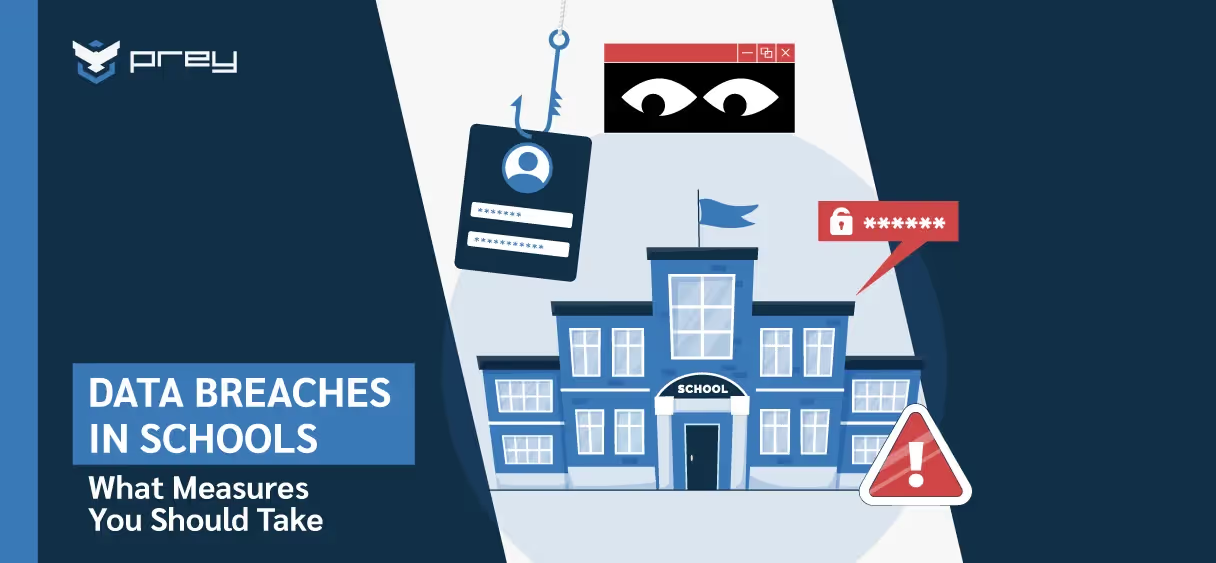Editor’s Picks

Introducing Prey Breach Monitoring! Find your stolen company credentials on the dark web before attackers can use them. Get proactive security now
K-12 IT: Tame end-of-year chaos! Playbook for security, device management & planning. Ensure compliance & a smooth start to the new year.
Access brokers: the shady middlemen selling your employees' logins. Time to rethink your defense strategy.
FERPA doesn’t care if your IT team is small. Prey helps you secure student data without burning out
Cyber Threats
Access brokers: the shady middlemen selling your employees' logins. Time to rethink your defense strategy.
It's time to combat the rising of phishing in educational institutions. Learn how to ensure a safe environment for students and parents.
Discover the biggest cyber attacks on schools in 2024 and what they reveal about rising threats in education. Learn how schools can stay protected.

Explore the evolution of Cerberus RAT, its leaked source code, modern Android malware threats, and what IT teams must do to stay protected in 2025.
Data Security

2025 DBIR reveals stolen credentials & ransomware as top threats. Learn how dark web monitoring helps secure your access chain with Prey.
Learn what data encryption is, how it works, and best practices to secure your files, sensitive data, and personal information.
Understand the difference between symmetric and asymmetric encryption. Learn how RSA and AES work and when to use each method for security.

Learn how to prevent school data breaches and respond quickly when they happen. Protect student records and keep your school system secure.
Endpoint Management

Discover the top BYOD security risks and practical solutions to protect your company’s data on employee-owned devices. Learn how Prey can help.
Discover essential MDM policies to enhance mobile device management and security. Learn practical strategies to protect your organization’s data.
Learn the best practices for MDM web filtering management to enhance security and productivity. Discover effective strategies in our latest article.
Discover essential MDM strategies to enhance security and efficiency in remote work. Ensure your business operations remain secure.
Discover Our E-Books Collection
Explore our diverse range of e-books on various topics.
Ready to give Prey
a go?
Join Prey and safeguard your devices with a cybersecurity system in place. Get peace of mind now.



